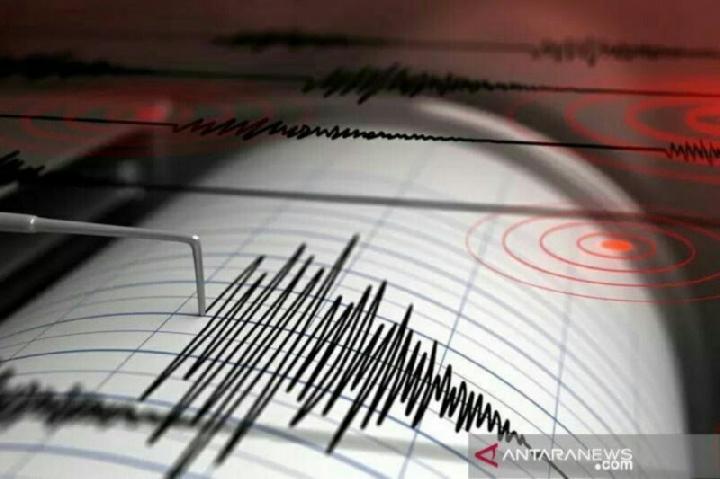BMKG Develops Non-Seismic Tsunami Early Warning System
Translator
Editor
9 August 2024 21:01 WIB

TEMPO.CO, Jakarta - Apart from underwater seismic activity, tsunamis can be prompted by non-seismic triggers such as underwater landslides, volcanic eruptions at sea, or meteorological events. The Meteorology, Climatology, and Geophysics Agency or BMKG admits that detecting such tsunamis is quite difficult.
"In general, non-seismic tsunamis occur when large amounts of material slip into the water and create waves," said Head of the BMKG Earthquake Mitigation Sub-Division, Suci Dewi Anugrah, in an online discussion on Friday, August 9, 2024.
Another factor that could prompt non-seismic earthquakes is a powerful underwater explosion such as a volcanic eruption. "Surface-level waves increase in volume when the caldera collapses,” she said.
Some examples of non-seismic tsunamis in Indonesia were the Sunda Strait and Palu tsunamis in 2018. The former was due to Anak Krakatau eruption while the latter was due to an underwater or submarine landslide.
On November 28, 2021, a one-meter-high tsunami was also recorded after an underwater volcanic eruption occurred in Lembata, NTT. Unlike the previous two tsunamis, this one did not result in any fatalities.
Suci admitted that BMKG does not yet have a capable system for a non-seismic tsunami early warning system. This system has only been developed since 2018 by preparing a sea level monitoring network.
Suci said BMKG has spread more than 500 sensors to many regions in Indonesia to strengthen the sea level observation system. The goal is to accelerate data analysis and monitoring when there is a tsunami risk, either due to non-seismic or seismic causes.
"This system is expected to detect the tsunami more swiftly before it hits the land to avoid too many casualties,” she said.
ALIF ILHAM FAJRIADI
Editor’s Choice: Indonesia's BMKG Warns of La Nina Conditions Starting in August
Click here to get the latest news updates from Tempo on Google News























